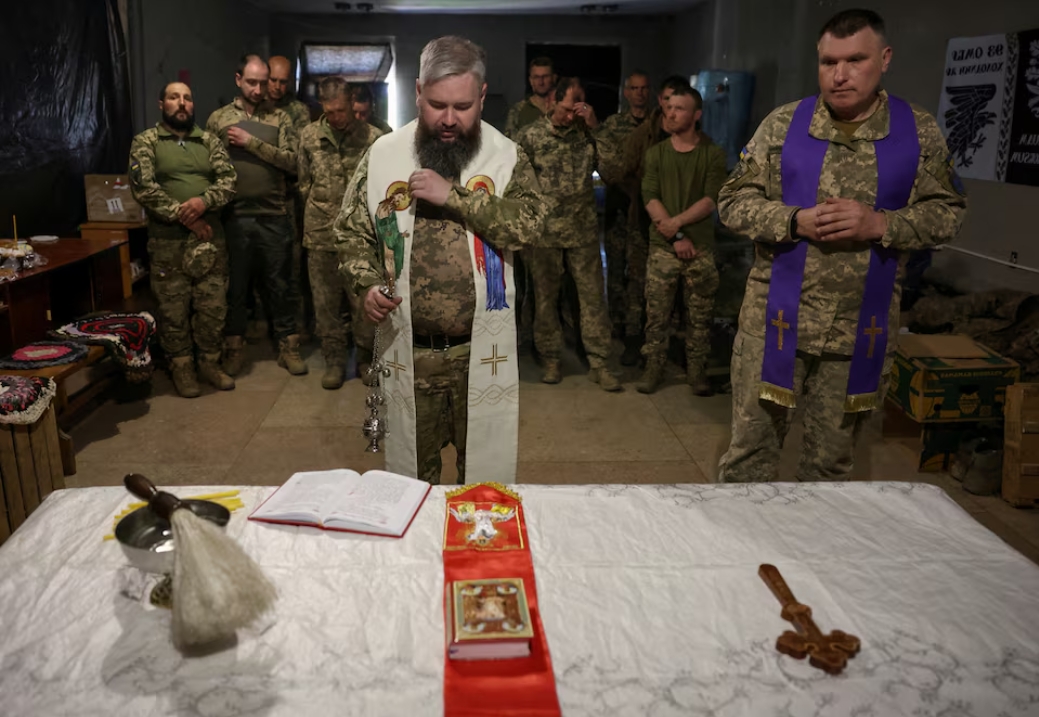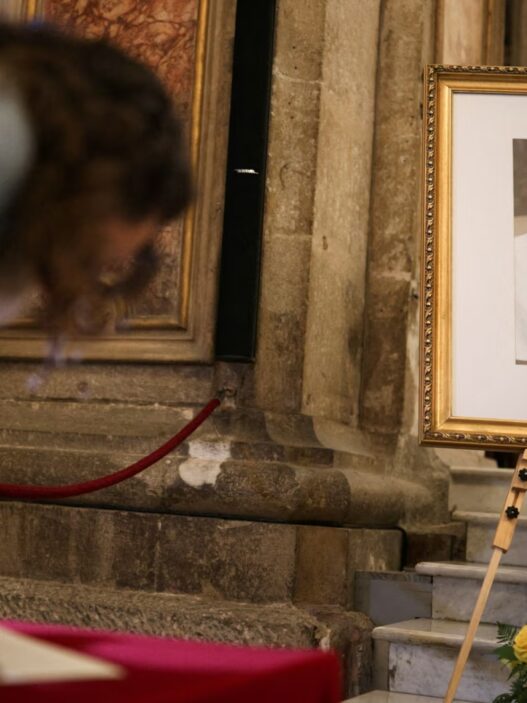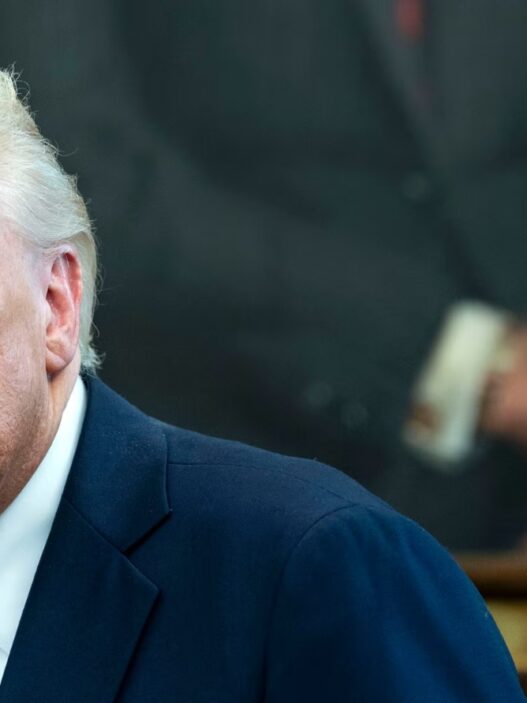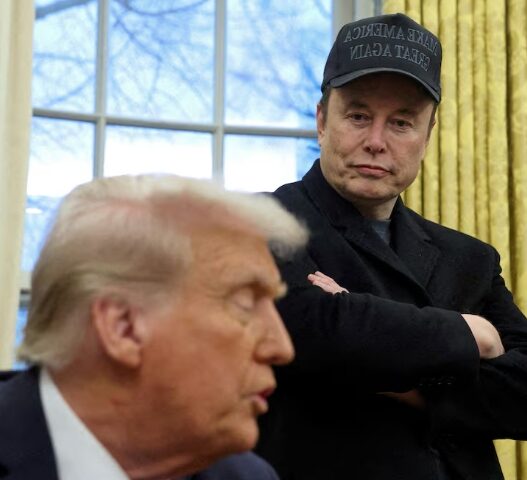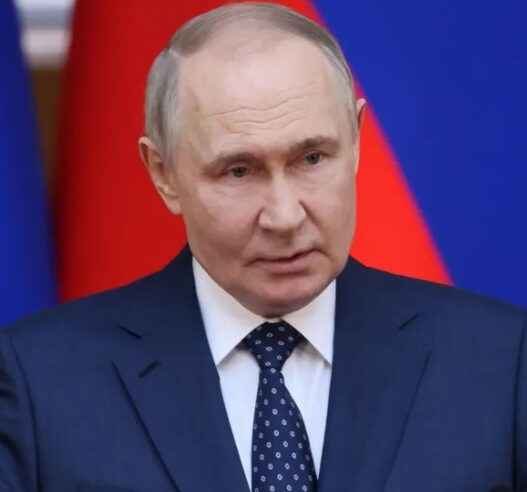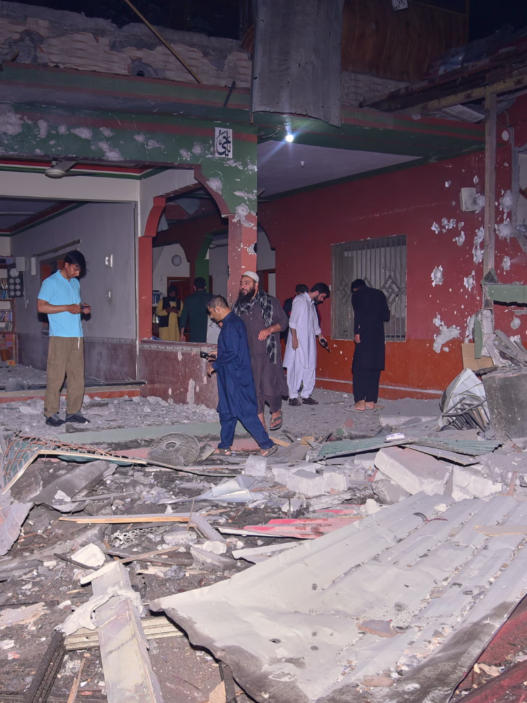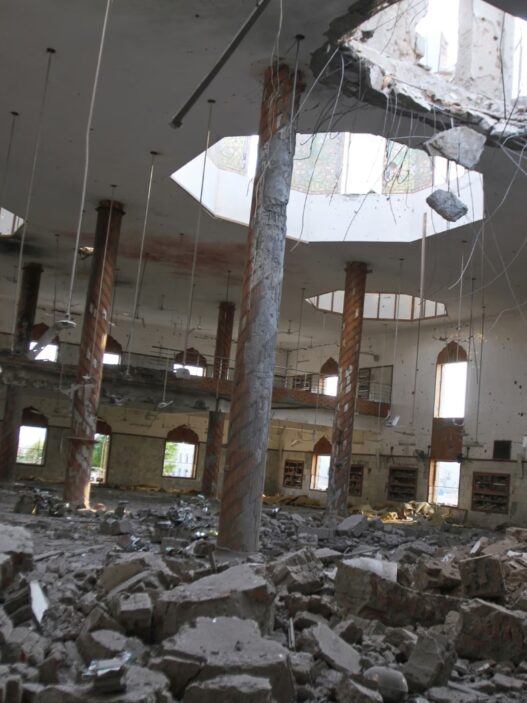Tensions between Russia and Ukraine flared up once again. Both sides accused each other of launching thousands of attacks, breaching the Easter ceasefire announced by Russian President Vladimir Putin.
Despite international hopes for calm, the Kremlin confirmed it had not issued any orders to extend the truce.
In contrast, Washington welcomed the idea of prolonging the ceasefire. Ukrainian President Volodymyr Zelenskyy reaffirmed Ukraine’s willingness to suspend airstrikes for 30 days.
Putin, however, gave no indication of prolonging the initial timeline. He had ordered a halt to military operations on Saturday, with the ceasefire set to expire at midnight Sunday, Moscow time (21:00 GMT).
Kremlin Dismisses Extension Possibility
When asked whether the ceasefire could be extended, Kremlin spokesperson Dmitry Peskov told the TASS news agency, “No further orders have been given.”
Although Ukraine reported no air raid alerts on Sunday, the situation shifted quickly. Shortly after midnight Monday, sirens sounded in the eastern and southeastern regions, warning of possible missile and drone attacks.
Zelenskyy Responds to Russian Breaches
Earlier on Monday, Zelenskyy said Russian forces had violated the ceasefire nearly 3,000 times. Ukrainian troops were instructed to respond proportionally to Russian aggression.
“We will answer silence with silence,” Zelenskyy posted on Telegram. “Our strikes will only serve to defend against Russia’s.”
He noted that the heaviest shelling took place near Pokrovsk, a frontline town deeply affected by the conflict.
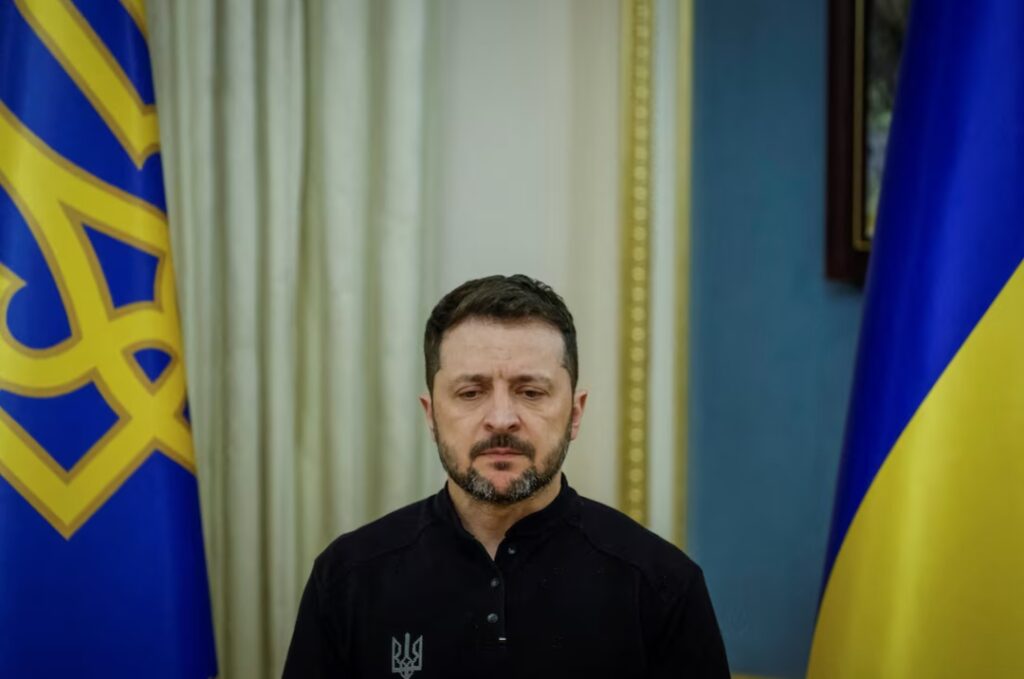
Later that evening, Zelenskyy rejected the notion that the absence of air raid alerts proved a truce had been reached. He urged Russia to commit to at least a 30-day pause in drone and missile strikes targeting civilians.
If Moscow refused, he warned, it would reveal their intent to prolong destruction and human suffering.
A Message of Faith and Determination
In a separate Easter message, Zelenskyy encouraged Ukrainians not to lose hope. Wearing a traditional embroidered shirt, he stood in front of Saint Sophia Cathedral in Kyiv.
“We know what we are defending,” he declared. “We know what we are fighting for.”
Clashing Casualty Reports
Russia’s Ministry of Defense claimed Ukraine broke the ceasefire over 1,000 times. These violations allegedly caused civilian casualties and damaged critical infrastructure.
In response, Ukraine’s Defense Ministry reported 444 strikes on Russian positions. It also claimed more than 900 drone attacks hit targets in Crimea and Russian border regions such as Bryansk, Kursk, and Belgorod.
“These attacks caused civilian injuries and harmed non-military sites,” a statement from the ministry said.
The Struggles Behind Trump’s Peace Push
The failure to uphold even a symbolic Easter truce highlights the enormous challenges facing former U.S. President Donald Trump. He has been pushing for a lasting peace agreement between the two nations.
Still, Trump expressed optimism on Sunday. He said he “hoped” both countries could reach an agreement “this week” to end the war.
On Friday, Trump and Secretary of State Marco Rubio stated that U.S. peace efforts would be abandoned if no significant progress was seen soon.
Peace Talks Linked to Economic Incentives
Last month, Ukraine accepted a 30-day ceasefire proposal backed by Trump. Putin insisted, however, that key monitoring mechanisms had yet to be resolved.
Both Kyiv and Moscow agreed to pause strikes on energy infrastructure and maritime targets. Still, they accused each other of repeatedly breaking the deal.
Trump stressed that ending the conflict was a condition for new U.S. trade agreements. He said these deals could bring substantial economic gains to both nations.
According to Reuters, Washington and Kyiv are currently finalizing a mineral extraction agreement, likely to be concluded next week. Meanwhile, U.S. officials are exploring the possibility of easing sanctions on Russia’s energy sector if hostilities cease.

The Symbolism of the Easter Truce
Putin declared the ceasefire before attending Orthodox Easter services. He claimed it would test Ukraine’s willingness to achieve peace.
Interestingly, this year’s Orthodox Easter fell on the same day as Western Easter, a rare calendar alignment.
Despite widespread reports of violations, Ukraine’s military acknowledged a drop in frontline activity. Some Russian military bloggers noted a similar slowdown.
Yet, the tone among Ukrainian soldiers on the ground was far less optimistic.
“There’s no sign of any ceasefire,” said Dmytro, a 24-year-old soldier from the 93rd Independent Mechanized Brigade based in Kholodny Yar.
His comrade Serhii, 22, agreed. “This so-called ceasefire is just for show. It’s a tactic to make the world believe they are making concessions. But here at the front, nothing has changed. It’s just another blatant lie.”








